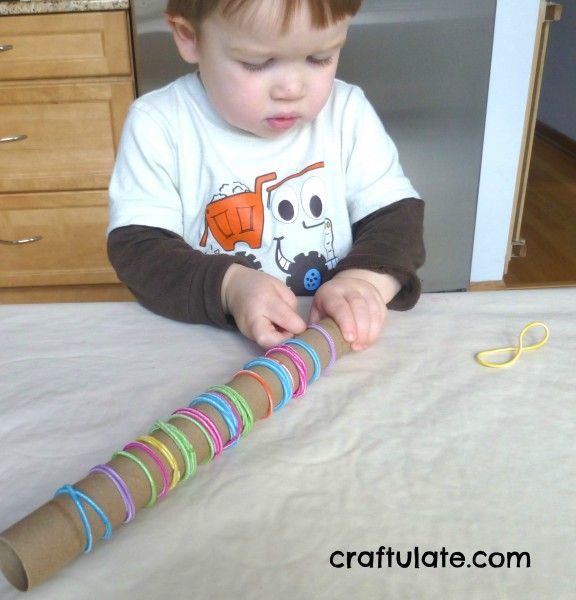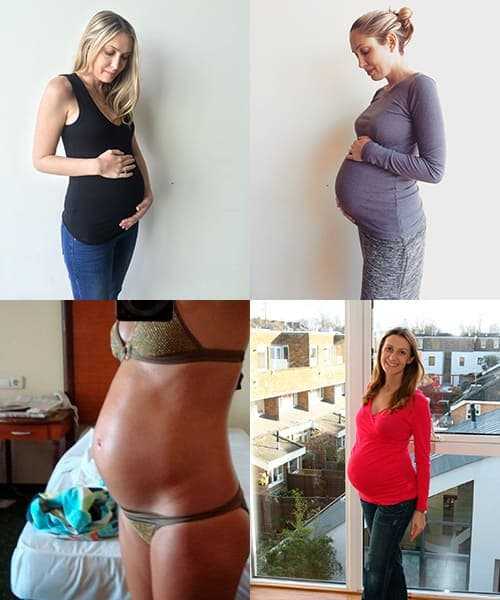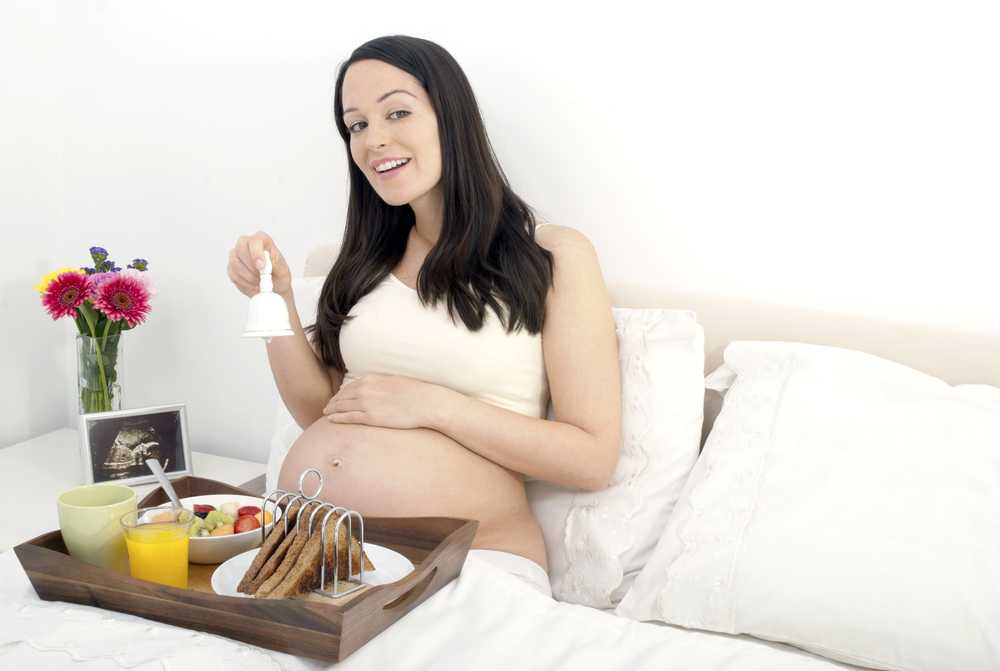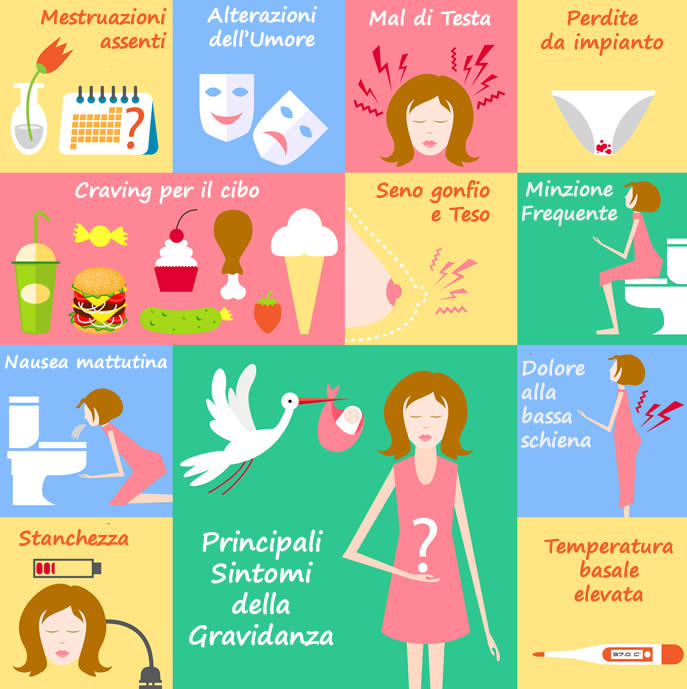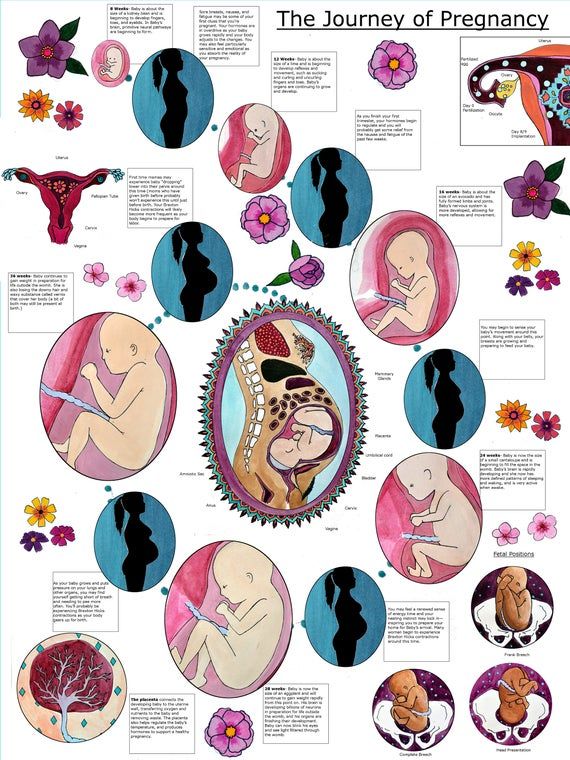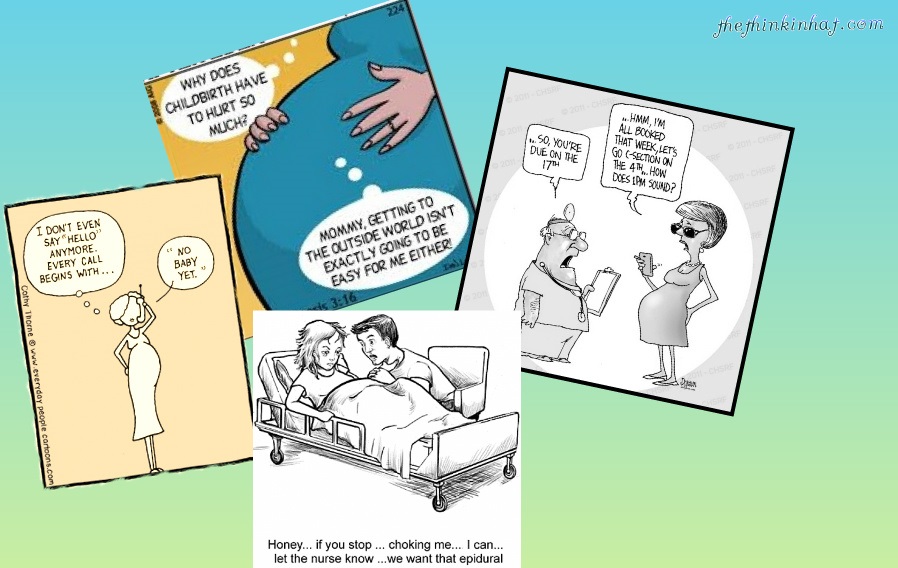2 year old skills
Your toddler's developmental milestones at 2 years
Explainer
Everything you need to know about your growing 2-year-old.
By the age of 2, your toddler is talking, walking, climbing, jumping, running and bustling with energy. Your child now has a growing vocabulary and acquires new words on a regular basis. She/he can sort shapes and colours and may even show an interest in potty training. As your little one grows more independent, she/he may show signs of defiance as she/he begins to push boundaries and explore the world around her/him.
| Test your knowledge |
| Social and emotional |
| Language and communication |
| Brain development |
| Movement and physical development |
| Food and nutrition |
| Things to look out for |
| Tips and resources |
| < Back to Parenting Milestones |
Test your knowledge
True or false?
Loading. ..
Social and emotional milestones at 2 years
Some of the ways you’ll see your little one learning to connect with the people around him at 2 years:
- Likes to copy adults and other children.
- Gets excited when he’s with other children.
- He is more independent, even more defiant.
Tips for parents
- Find opportunities to engage in play and conversations with your toddler. Playtime could be as simple as rolling a ball back and forth, handing you their toys or helping you with safe activities like folding clothes with your supervision. These types of activities can help develop pro-social behaviours by fostering a sense of belonging and collaboration with others.
Language and communication milestones at 2 years
How your toddler is expressing her needs:
- Says short sentences with two to four words.
- Points to things when they are named.
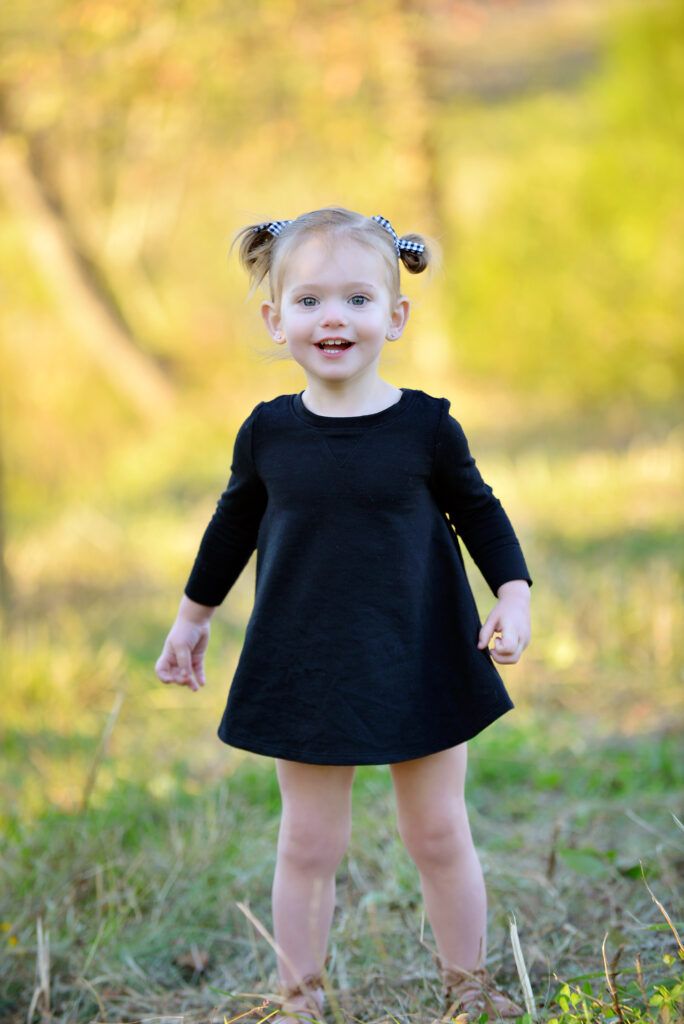
- Knows familiar body parts.
- Recognizes familiar people.
- Repeats words she has overheard and follows simple instructions.
Tips for parents
- When taking her for a walk, tell her the names of things you see.
Brain development milestones at 2 years
How your child’s brain is growing:
- Starts to sort shapes and colours.
- Can find things hidden under multiple layers.
- Completes sentences in familiar books.
- Plays simple make-believe games.
- Builds towers with four or more blocks.
- Can follow two-step instructions.
- May start to develop a dominant hand.
Tips for parents
- Encourage him to go looking around the room for objects you hide and give him hints.
Movement and physical development milestones at 2 years
How she’ll move through her environment:
- Can run, kick a ball and throw a ball overhead.
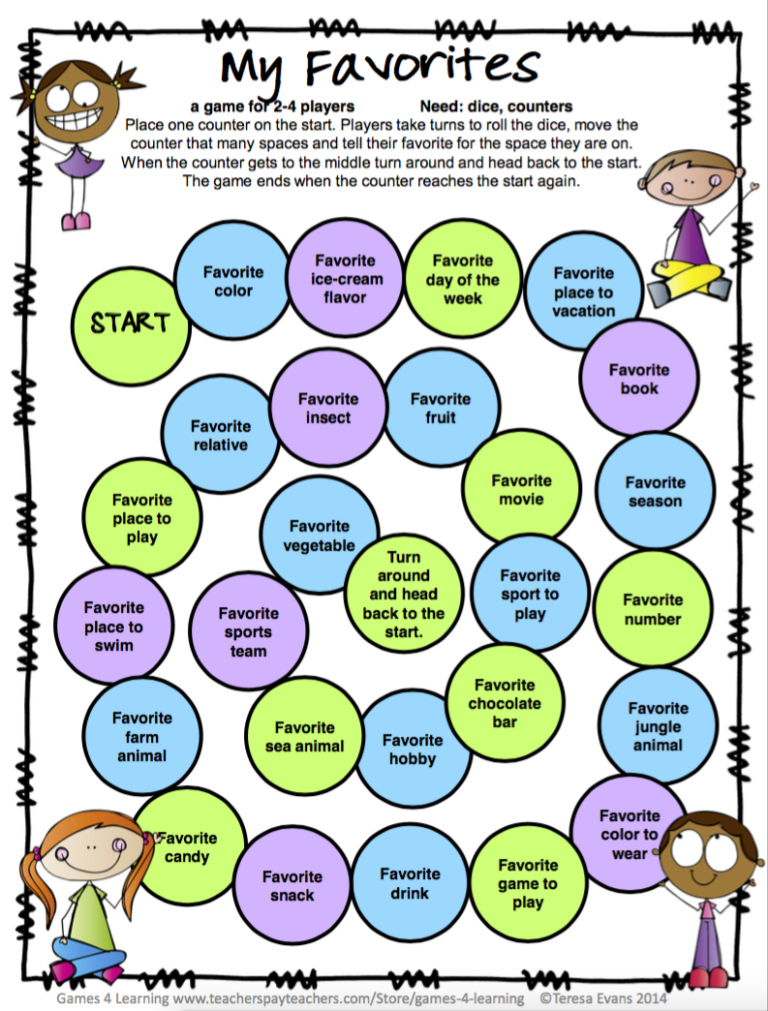
- Is starting to run.
- Climbs up and down from furniture without assistance.
- Makes or copies straight lines and circles.
Tips for parents
- Create little fine-motor skills challenges for your toddler, like asking her to turn the page of a book.
Food and nutrition milestones at 2 years
What mealtimes look like at 2 years:
- Chews with full jaw movements.
- Uses utensils with some spills.
Tips for parents
- Be calm and accepting. Give your child positive attention when he does eat, but don’t make it a problem when he doesn’t eat. Just take the food away, cover it, and offer it to him again a bit later.
Things to look out for
While all children develop differently, you should speak to your paediatrician if your 2-year-old:
- Doesn’t know how to use common objects.

- Doesn’t use two-word phrases.
- Doesn’t copy actions or repeat words.
- Doesn’t follow basic directions.
- Can’t walk steadily.
- Loses skills she once had.
Explore age groups
2 Months | 4 Months | 6 Months | 9 Months | 1 Year | 18 Months | 2 Years
< Back to Parenting Milestones
Developmental Milestones: 2 Year Olds
What are some of the developmental milestones my child should reach by two years of age?
Your baby enters her second year and becomes a toddler, crawling vigorously, starting to walk, even talking a little. Exploring the boundaries established by your rules and her own physical and developmental limits will occupy much of her time for the next few years.
Here are some other milestones to look for.
Movement milestones
Walks alone
Pulls toys behind her while walking
Carries large toy or several toys while walking
Begins to run
Stands on tiptoe
Kicks a ball
Climbs onto and down from furniture unassisted
Walks up and down stairs holding on to support
Milestones in hand and finger skills
- Scribbles spontaneously
- Turns over container to pour out contents
- Builds tower of four blocks or more
- Might use one hand more frequently than the other
Language milestones
Points to object or picture when it’s named for him
Recognizes names of familiar people, objects, and body parts
Says several single words (by fifteen to eighteen months)
Uses simple phrases (by eighteen to twenty-four months)
Uses two- to four-word sentences
Follows simple instructions
Repeats words overheard in conversation
Cognitive milestones
Finds objects even when hidden under two or three covers
Begins to sort by shapes and colors
Begins make-believe play
Social and emotional milestones
Imitates behavior of others, especially adults and older children
Increasingly aware of herself as separate from others
Increasingly enthusiastic about company of other children
Demonstrates increasing independence
Begins to show defiant behavior
Increasing episodes of separation anxiety toward midyear, then they fade
Developmental health watch
Because each child develops at his own particular pace, it’s impossible to tell exactly when yours will perfect a given skill.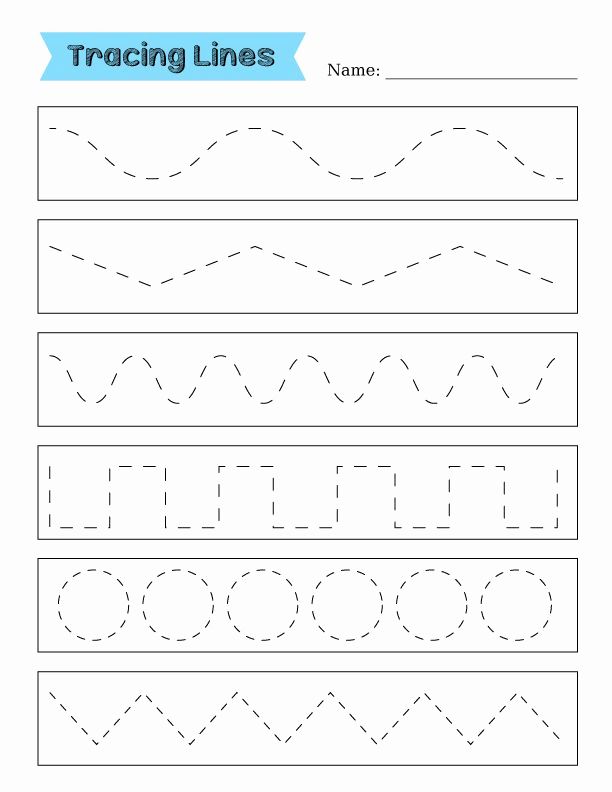 The developmental milestones will give you a general idea of the changes you can expect as your child gets older, but don’t be alarmed if he takes a slightly different course. Alert your pediatrician, however, if he displays any of the following signs of possible developmental delay for this age range.
The developmental milestones will give you a general idea of the changes you can expect as your child gets older, but don’t be alarmed if he takes a slightly different course. Alert your pediatrician, however, if he displays any of the following signs of possible developmental delay for this age range.
Cannot walk by eighteen months
Fails to develop a mature heel-toe walking pattern after several months of walking, or walks exclusively on his toes
Does not speak at least fifteen words by eighteen months
Does not use two-word sentences by age two
Does not seem to know the function of common household objects (brush, telephone, bell, fork, spoon) by fifteen months
Does not imitate actions or words by the end of this period
Does not follow simple instructions by age two
Cannot push a wheeled toy by age two
- Last Updated
- 6/1/2009
- Source
- Caring for Your Baby and Young Child: Birth to Age 5 (Copyright © 2009 American Academy of Pediatrics)
The information contained on this Web site should not be used as a substitute for the medical care and advice of your pediatrician. There may be variations in treatment that your pediatrician may recommend based on individual facts and circumstances.
There may be variations in treatment that your pediatrician may recommend based on individual facts and circumstances.
Developmental activities with a child 2-3 years old
Content
A child at 2 years old: what is he like
Basics of development
Logical and mathematical thinking
Oral speech
Attention
General and fine motor skills
Intellectual abilities
Acquaintance with 00 When a baby turns two years old, he begins to actively explore the world around him, so parents ask themselves the question: how to develop a child at 2 years old correctly? Various tasks for children of this age develop many children's abilities, including speech, social, tactile, creative skills, etc.
A 2-year-old child: what is he like
Children from 2 to 3 years old are very active.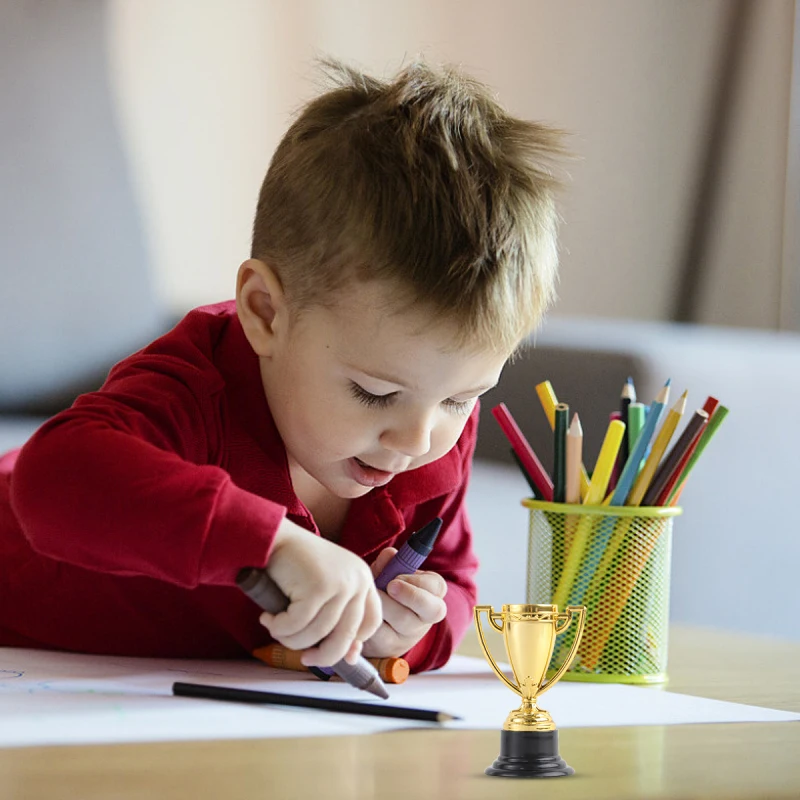 They cannot sit still, they definitely need to try everything and go everywhere, because they are eager to find out how the world works around them. But, despite this, children at this age are more attentive than at one or a year and a half.
They cannot sit still, they definitely need to try everything and go everywhere, because they are eager to find out how the world works around them. But, despite this, children at this age are more attentive than at one or a year and a half.
Two year olds absorb an incredible amount of new information like a sponge, and this is fertile ground for early development. There is no need to buy expensive toys. It is enough to carefully observe the interests of your baby, try to answer his questions, explain everything that he sees around. But do not overdo it: oversaturation with new knowledge can lead to a refusal to perceive it.
2-3 years of age is considered to be a transitional period, from a model of behavior of an early age to the manifestation of one's "I". Very emotional, the baby still hardly holds attention to one thing, but if he is interested, he can enthusiastically engage in 15-20 minutes. Make good use of this time!
Development Fundamentals
for a two -year -old key of its activities are the game. Through play activities, mental, mental and social development occurs. On the other hand, the game cannot be aimless. In order for every minute to bring benefit to the child, it is necessary that the classes be aimed at development:
Through play activities, mental, mental and social development occurs. On the other hand, the game cannot be aimless. In order for every minute to bring benefit to the child, it is necessary that the classes be aimed at development:
- logical thinking;
- oral speech;
- attention;
- fine motor skills;
- intellect;
- the surrounding world.
Logical and mathematical thinking
Mastering space and time. Hide some toy and invite the child to find it, helping with hints ("Let's look in the closet / under the table / bedspread ...").
We distinguish the time of day. You can talk about this topic during the day, for example, at breakfast, tell the baby what time of day it is, and before going to bed, ask what he was doing in the morning, afternoon and evening.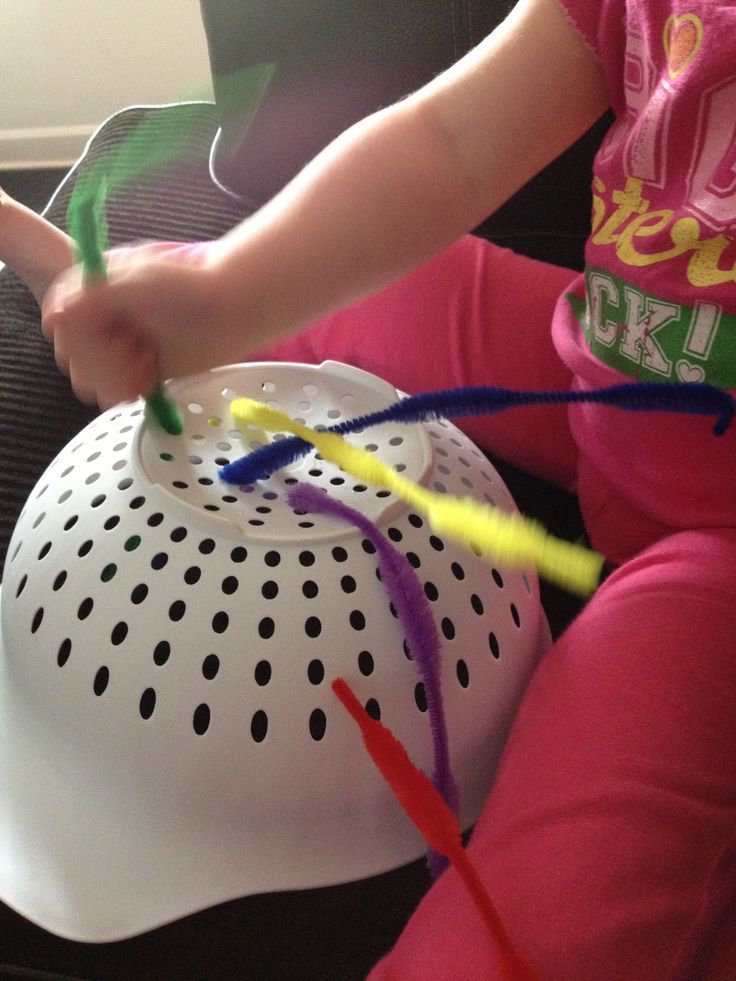
Learning to count. It is better to start studying mathematics not with abstract numbers, but with things understandable to the kid. Count everything around: steps, steps, fingers, toys). Teach your child to show his age on his fingers.
Putting puzzles together. This is a difficult task, so you can't do without the help of an adult. Choose pictures from 2-6 elements. Of the two paths “difficult puzzle - mom help” and “easy puzzle, but on your own” - prefer the second.
Learning to compare. Studying the concept of "a lot-little", lay out two piles of buttons - the child must determine which is more and which is less.
Speaking
Reading . Take a book by age, with large print and pictures. Discuss the plot of the story with your child as you read. Ask questions, praise for the correct answers, give hints if the baby is having a hard time.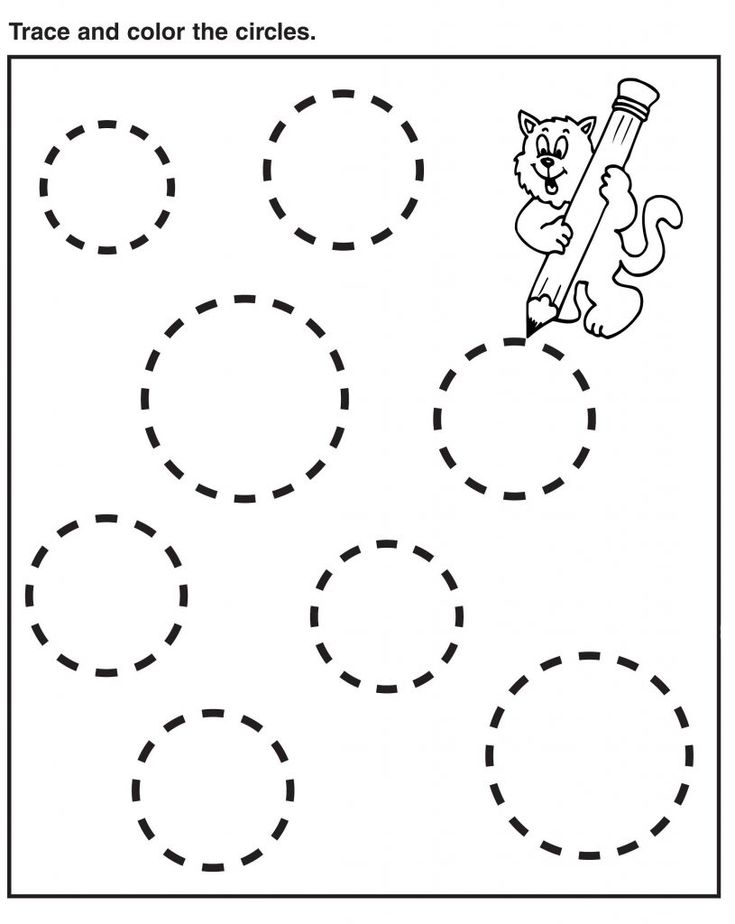
Puppet theater . Not only special dolls are suitable for him, but also toys familiar to the baby. The first performance is staged by an adult, showing an example, then we connect the child. Entrust him with the main role or tasks of the director.
Finish the sentence game . Start saying the phrase, and the baby will finish it. You can illustrate situations from life: “There is a red one here ...”, “This girl is dressed in ...”.
Expanding vocabulary . A two-year-old understands more words than he can pronounce. Speak with him all the events of the day, even “what you ate”, “whom you played with”. This lesson improves pronunciation, teaches the baby to share his thoughts with his family.
Caution
Find item . Any place will do: in nature, on the street, in line at the clinic, at home. Ask the child to show a white car on the road, find the character in the picture.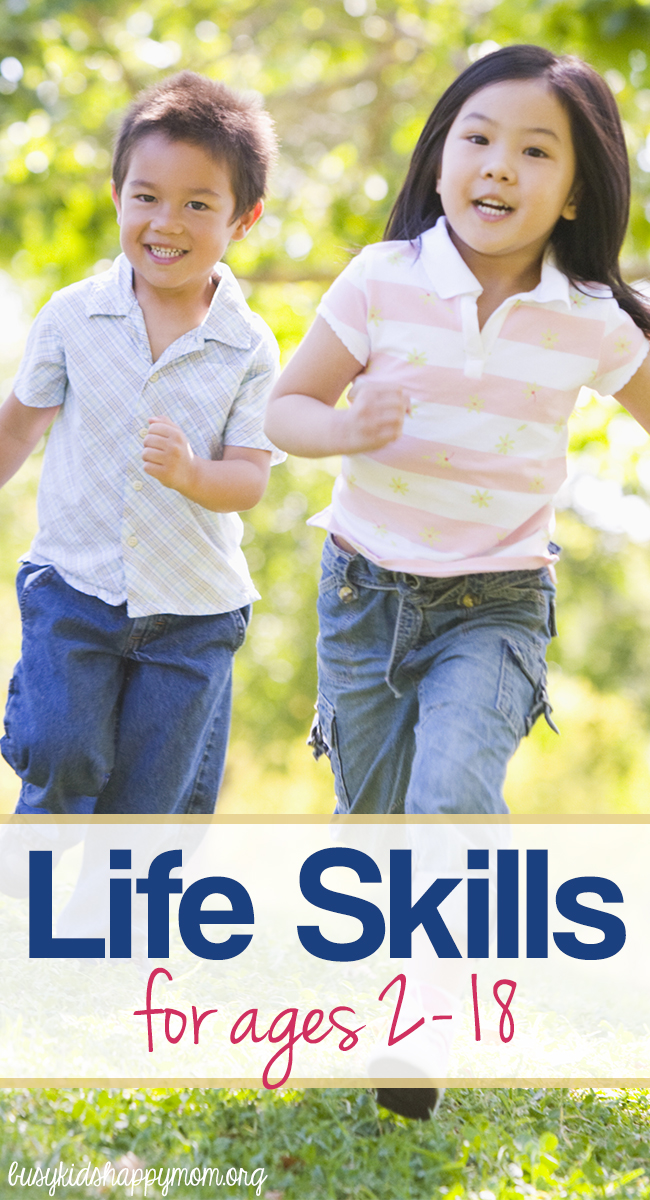 The main thing is to be interested!
The main thing is to be interested!
Find the common feature . Arrange items according to a common feature, for example, with the same pattern, color, shape. It is important that the objects are diverse: a mitten, a saucer, a picture in a book.
We build according to the drawing . There are a lot of games with drawings for this. Buy an age-appropriate set (2-6 pieces) and let your little one build a tower or house on their own.
General and fine motor skills
Modeling . Choose high-quality plasticine of different colors, which can also be successfully memorized in the game.
Application . This case will not only strengthen the fingers, but also deepen creative thinking.
Dressing and undressing . Let the baby dress up the toy on their own or get ready for a walk.
Water games .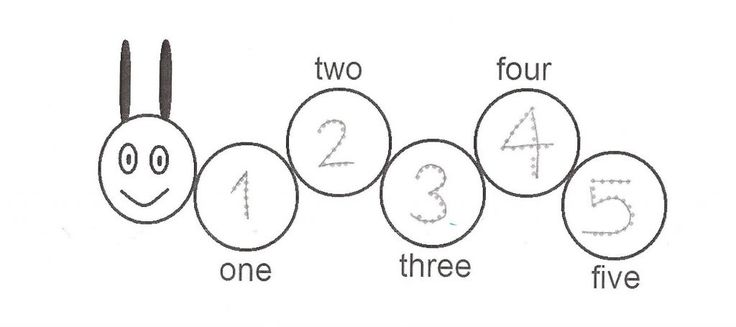 It is most convenient to play with plastic children's utensils. Let your child play around in the water with the toy teapot and cups.
It is most convenient to play with plastic children's utensils. Let your child play around in the water with the toy teapot and cups.
Hand washing . Teach your child to wash their hands without the help of an adult, after a walk and before eating. At the same time, he will master the skills of hygiene.
Angler game . Need balls or small toys. Throw them into the water (most convenient when bathing) and invite your baby to catch them with a spoon.
Intellectual ability
Music . Teach your baby and yourself to the classics, using them as a background while reading fairy tales and creative activities. Praise for wanting to dance.
Drawing . A two-year-old is already drawing quite consciously, trying to draw herself, her family, using circles, lines, squares. He learns to paint over the drawing without going beyond the contours.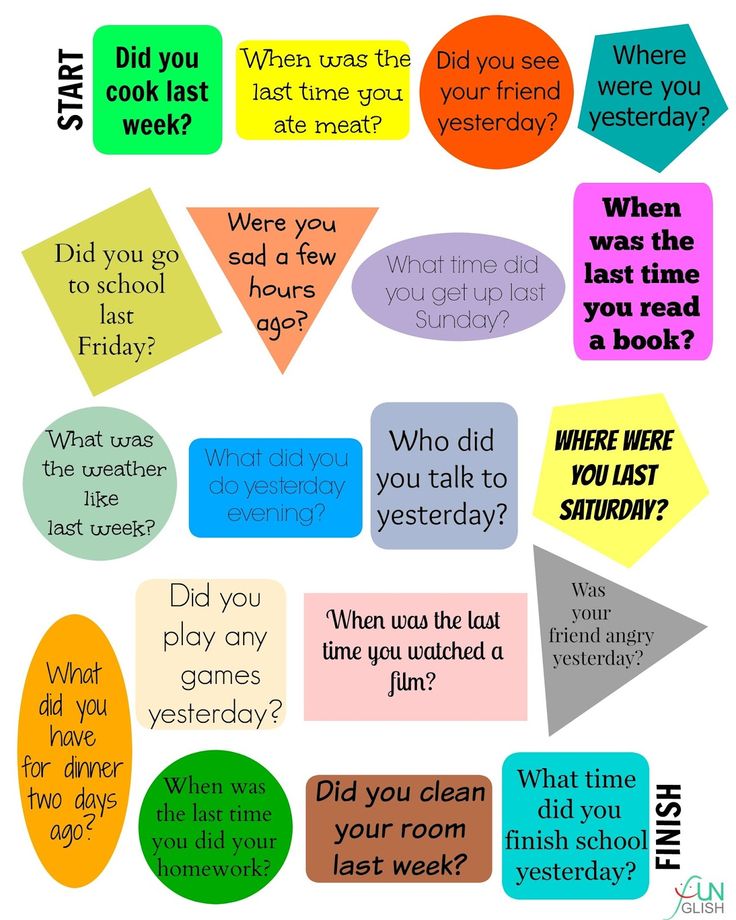 Draw together! Let the baby finish drawing your schemes of the sun or the animal himself.
Draw together! Let the baby finish drawing your schemes of the sun or the animal himself.
Role play . Encourage your child's initiative in composing a play scenario with dolls or real people. Plots can be taken from life: go to the store while at home, send the doll to the doctor, school or kindergarten. It is important that the baby is the main one in the game.
Getting to know the world around us
Learning about animals . We talk about animals, we name parts of their body, cubs, what they eat and where they live. We tell you what role an animal or bird plays in nature, whether it matters to a person.
Watching nature . It is important to explain how rain, snow and other weather phenomena occur.
Studying the flora of the area . On the street, pay the child's attention to the plants, tell them what they are called.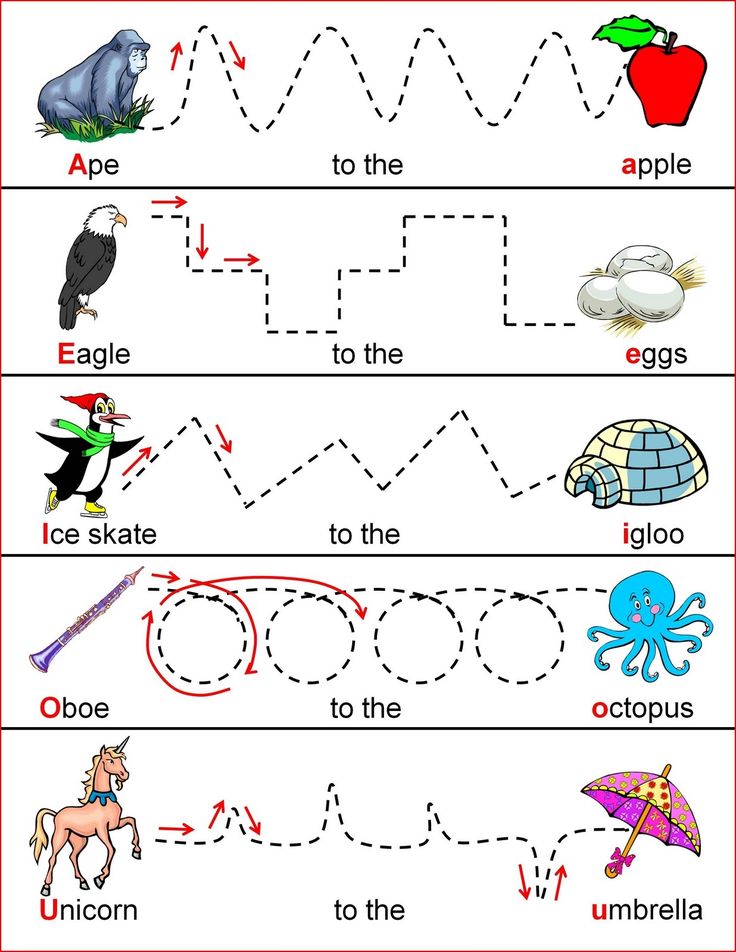
Learn fruits and vegetables . Learn the names of familiar foods with your baby. Check in everyday life by offering to take an apple or a banana from a plate.
Distinguishing materials . Tell us what the objects around us are made of. They are wooden, metal, paper.
Working with a child is not difficult! Some games can be used even while walking, others require preparation. However, such exercises will become a powerful basis for the further development of the baby. He will be better aware of the world and strive for new knowledge.
What to do with a 2-3 year old child?
In the second or third year of life, the baby actively develops the physical body - it becomes more mobile and active. This is the age when his independence and a sense of his own “I” first manifest.
During this period, the baby has highly developed cognitive abilities, he seeks contact with the world around him, acquires some cognitive skills.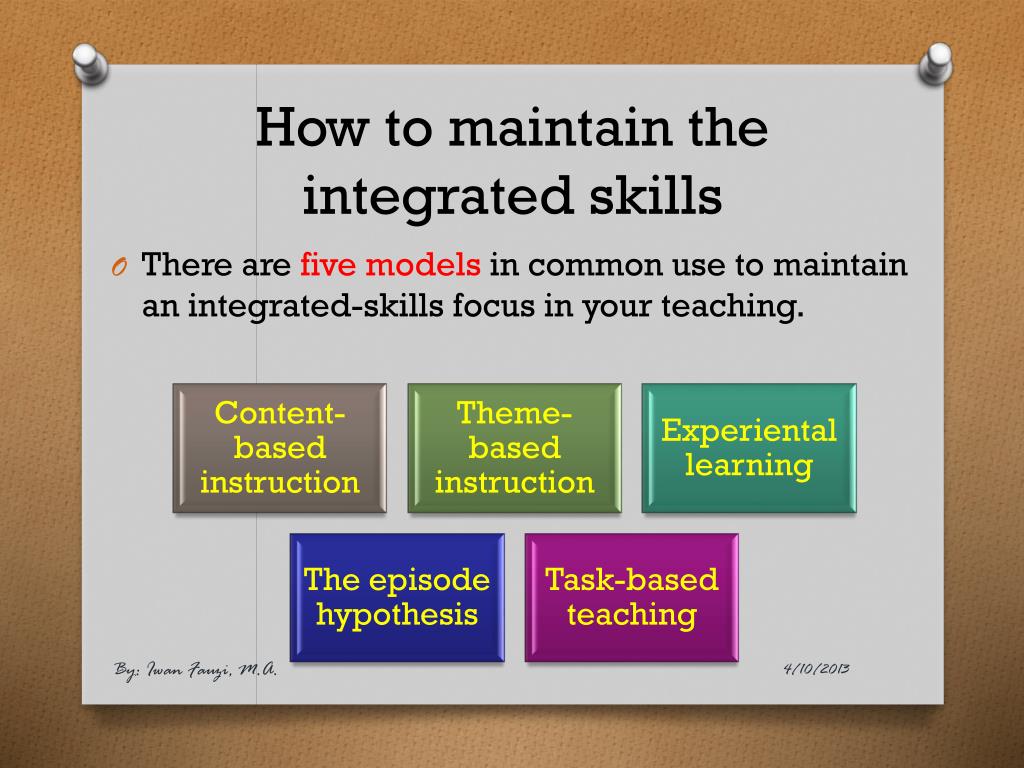
During this period, the baby is actively developing in the following areas:
1. Knows the objects around him.
2. Learns to speak, memorizes new words.
3. Learns to count.
4. Develops physiologically
5. A social foundation is being laid. The child learns about himself and the world around him. Maintains interaction with the outside world. Who am i? How to behave in a given situation? How to communicate with the outside world?
6. Creative thinking develops.
Several games a day on different topics are enough for the development of the entire mind-body system of the baby. Here the main rule is everything in moderation, it is better not to overdo it with classes so as not to discourage the child from doing something. Indeed, at two or three years of age, the baby is not able to keep his attention on one thing for a long time. It is also desirable that the games are varied and not repeated from day to day.
Do not be afraid to show imagination, because developing the baby, the mother also develops!
Let's explore the world.

Game 1: Learn shapes, colors and sizes :
Two years is the right age to learn shapes, colors and sizes. When showing a child an object of a certain color, you should repeat the name of the object and color several times, and then ask the child what it is? By the way, you can teach a child shape and color at any time, even from birth, naming not only the objects that surround him, but also their colors. For example: “Look, what a white dog!”, Or “Oh, this is a red flower!”, Or “Let's put a yellow cube on a green one”, etc. Or let's build a pyramid. Which ring is bigger? Which one is smaller? In order for the baby to learn to better distinguish shapes, colors and group objects by color and size, involve him in the game.
See here for essential items for learning colors and shapes with your child.
Game 2: We learn objects and phenomena. We learn to think constructively.
Tell your child about the world around you. Going out into the street, tell him about nature and its phenomena. Do you feel the wind? And look how he shakes the trees. Look how strong they are, try to push the tree. It won't fall off because it's very solid. And the wind is not so hard, but also strong. And the leaves on the tree are green. Touch it.
Going out into the street, tell him about nature and its phenomena. Do you feel the wind? And look how he shakes the trees. Look how strong they are, try to push the tree. It won't fall off because it's very solid. And the wind is not so hard, but also strong. And the leaves on the tree are green. Touch it.
Give your child the opportunity to touch, feel and name things as they are.
It is better not to introduce your attitude - bad - good. After all, what is bad for some is good for others. The best way to describe the world is to rely on facts. Some parents like to put labels on events and things, but this is not entirely correct.
For example, a boy hit someone. Do not rush to define the boy. It's better to say, look, the boy hit the girl, she hurts, she cries. If you hit someone, it will be painful and not pleasant. Therefore, it is better not to do so.
Or the dog growled. It's better to explain what's going on. For example, look, the dog is so protective of its territory, it thinks you want to hurt it.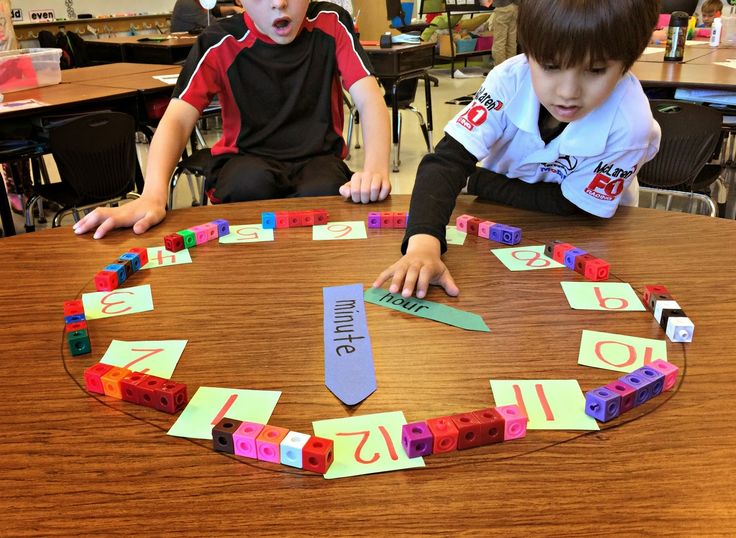 Do not be afraid of the dog, but it is better not to approach it, otherwise it may bite.
Do not be afraid of the dog, but it is better not to approach it, otherwise it may bite.
Game 3: We leave with the child somewhere outside the district. At least once a week. This will enable the baby to expand the boundaries of his world and understand that he is much more diverse.
For example, we go to the zoo and look at animals (if the time of year allows) or visit an exhibition and an art gallery. You can take a walk in the forest, go to the movies for a cartoon, go to a nearby cafe and have a cup of coffee, go to visit friends, go with your baby to the pool, to a concert and much more interesting things.
Sometimes it seems that there are so many things to do, but believe me, things can wait - they have always been, are and will be!
We develop speech:
At the age of two or three years, the child actively develops speech. During this period, parents need a special approach and properly selected games, the main goal of which is to “talk” the child, to give impetus to the further development of active speech.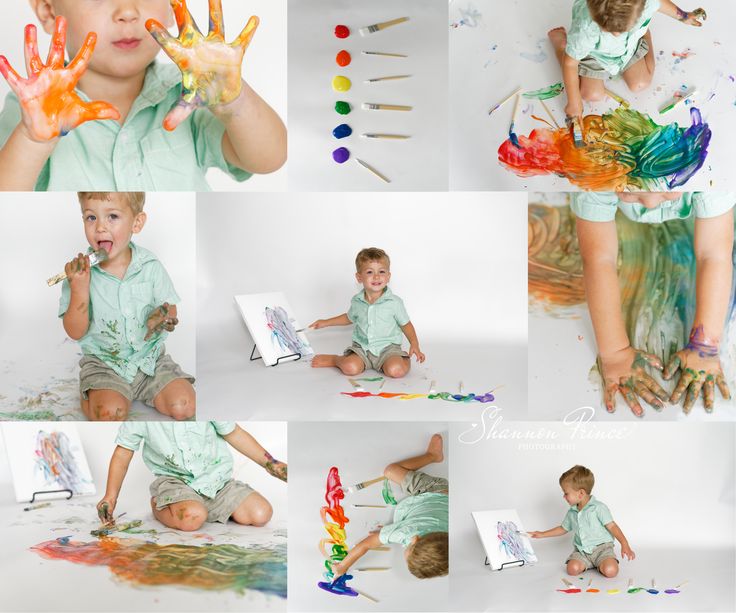 Teaching kids is possible only when the positive emotions of the child are affected. Such an emotional upsurge can only be achieved in the game. Which adult has not noticed how children love to play with words? The child still does not pronounce the words, suddenly a sound suddenly breaks out, and now he is already repeating it in every way - he is humming. How much joy in the eyes of a child while walking! He plays with sound. Then, playing with the word, children begin to understand their native language, learn its structure, learn colloquial speech. It is no coincidence that almost all folk rhymes are built on dialogues. Kids love rhymed speech, its sound, they experience great pleasure when poetry is read to them.
Teaching kids is possible only when the positive emotions of the child are affected. Such an emotional upsurge can only be achieved in the game. Which adult has not noticed how children love to play with words? The child still does not pronounce the words, suddenly a sound suddenly breaks out, and now he is already repeating it in every way - he is humming. How much joy in the eyes of a child while walking! He plays with sound. Then, playing with the word, children begin to understand their native language, learn its structure, learn colloquial speech. It is no coincidence that almost all folk rhymes are built on dialogues. Kids love rhymed speech, its sound, they experience great pleasure when poetry is read to them.
Here are some recommendations from psychologists for the development of speech for babies 2-3 years old:
Joint examination of objects
An adult, together with a child, is watching something, someone. At the same time, he very expressively describes everything that they see.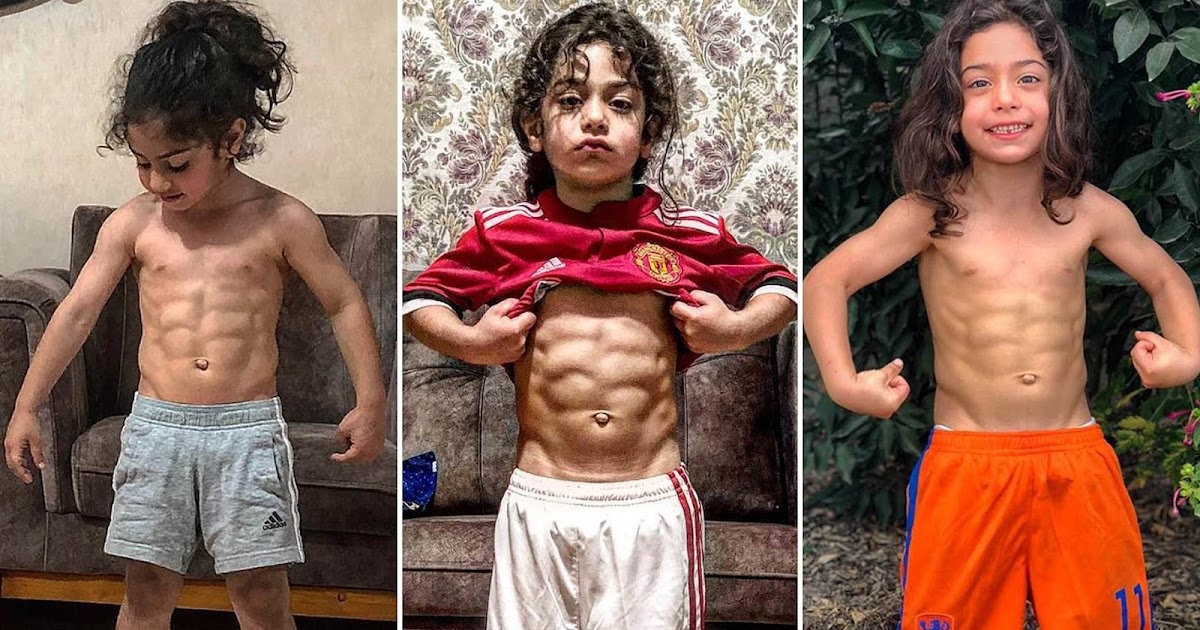 For example: “Look what a kitty, what paws she has, a tail. Touch the soft gray fur of the kitty. Kitty sits quietly. Let's call her: "Kitty-kitty, come here." At the same time, it is important that children can show their activity - perform simple movements, combining, linking them with familiar and unfamiliar words. And, of course, all manifestations of the child's activity in the subject should be encouraged and supported.
For example: “Look what a kitty, what paws she has, a tail. Touch the soft gray fur of the kitty. Kitty sits quietly. Let's call her: "Kitty-kitty, come here." At the same time, it is important that children can show their activity - perform simple movements, combining, linking them with familiar and unfamiliar words. And, of course, all manifestations of the child's activity in the subject should be encouraged and supported.
Reading nursery rhymes, poetry
The adult repeats the rhyme or nursery rhyme several times. When the text is well known to the child, the adult makes a pause at the end of the lines (in rhyme), prompting the child to complete the phrase with this. This is how a dialogue in verse arises, which brings joy to the baby and the adult. This is how the speech and memory of the child develops - this is how the baby begins to read by heart.
Our store has a large selection of books with poems and nursery rhymes.
You can get acquainted and possibly pick up something here.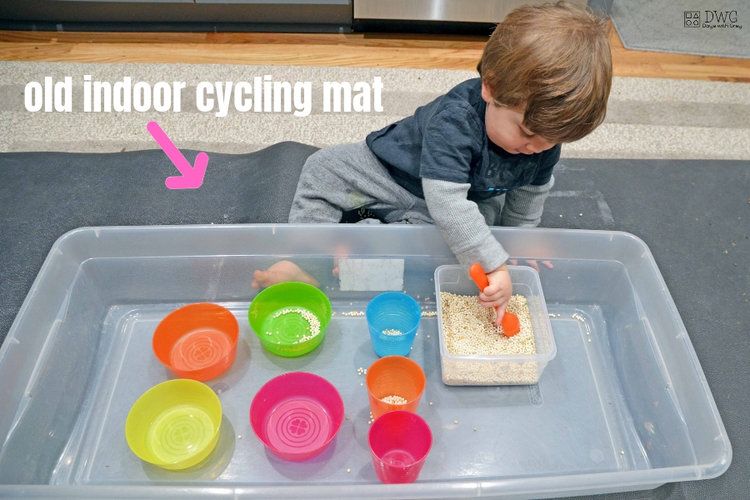
Introduction to a new word
A new word meaning an action is introduced together with familiar words denoting the object or subject of this action, thus increasing interest in the word and reinforcing certain phrases. For example, “Vanya is eating, and the chicken is pecking, and the chickens are pecking ... What is the chicken doing? Show how she pecks ... ”In this case, pictures are considered or actions are performed with toys.
Looking at pictures
An adult and a child look at familiar pictures together. "Who is this? And who is this, - the adult asks, - and what is he doing? Where is the bird? Show me the tree? If the child is silent, you can suggest an answer, but you still need to ensure that later he answers himself, looking at the same picture. In the third year of life, questions can be more complex.
For such a game, special cards with pictures will help you. You can buy cards here.
Orders requiring response-actions
The adult asks the child to find, bring or show something.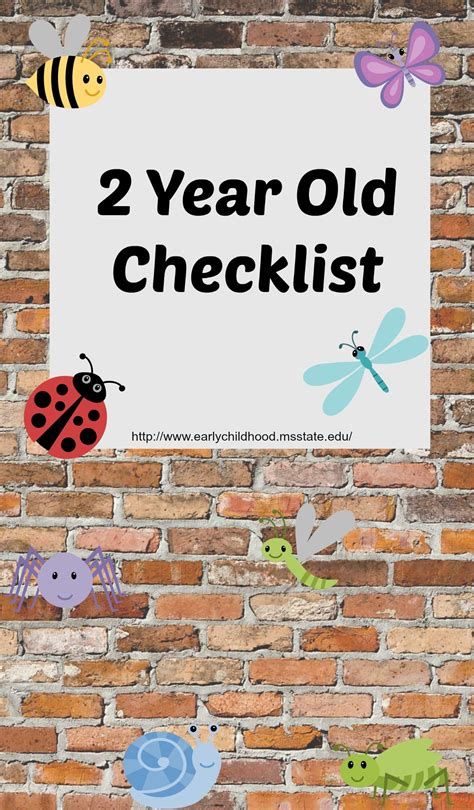 The complexity of such an assignment depends on the development of the child's speech (passive and active): the assignment should be clear and accessible to him, but require concentration and non-mechanical actions from him. The simplest request is to bring a toy in plain sight when nothing distracts the child's attention. More difficult is to find and bring a toy, selecting it among others: first two, then three ... It is even more difficult to find a toy that is not in sight, a targeted search is required. Subsequent tasks include the search for not one, but two items: "First bring the bear, then the ball." So, gradually complicating the instructions, you can teach the child to regulate his actions with a word - still the word of an adult. You can help him by repeating the word. It is desirable that the child himself repeats what he needs to bring, and having fulfilled the request, he said that he had brought it. If the child does not want to follow your instructions, do not force him - this is a game.
The complexity of such an assignment depends on the development of the child's speech (passive and active): the assignment should be clear and accessible to him, but require concentration and non-mechanical actions from him. The simplest request is to bring a toy in plain sight when nothing distracts the child's attention. More difficult is to find and bring a toy, selecting it among others: first two, then three ... It is even more difficult to find a toy that is not in sight, a targeted search is required. Subsequent tasks include the search for not one, but two items: "First bring the bear, then the ball." So, gradually complicating the instructions, you can teach the child to regulate his actions with a word - still the word of an adult. You can help him by repeating the word. It is desirable that the child himself repeats what he needs to bring, and having fulfilled the request, he said that he had brought it. If the child does not want to follow your instructions, do not force him - this is a game.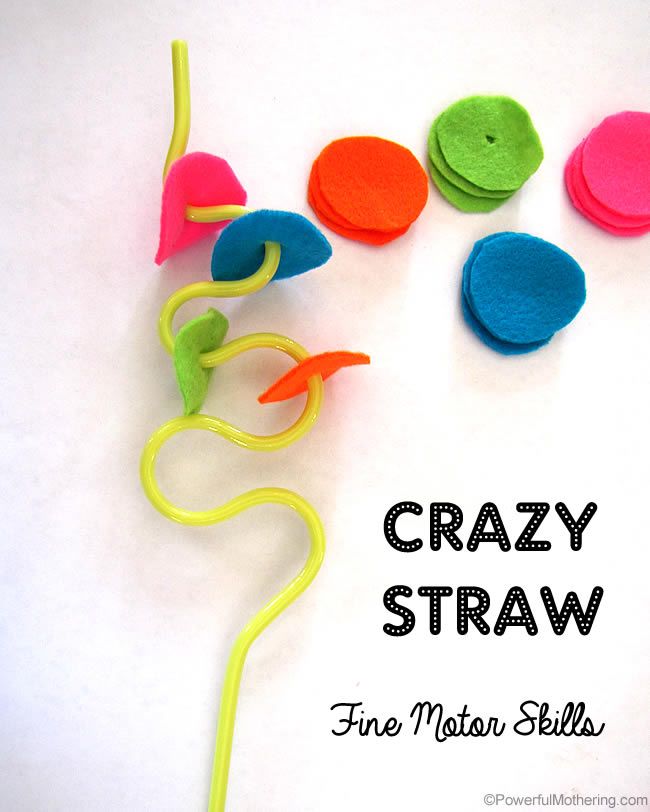
Sound indication of one's actions
Any actions of the child are indicated and accompanied by certain sounds. Knocks - "knock-knock". Draws rain - “drip-drip”. Clap - "clap-clap." The adult teaches the child onomatopoeia, the kid repeats after him, then they together accompany the sounds of the child's actions, and then he himself does both at the same time.
Speech accompaniment of action
The child accompanies his action no longer with sounds, but with extended speech. Round dance games, many children's poems are suitable for this exercise. For example "Bunny". In addition to such games, it is useful to name all the independent actions of the child and ask appropriate questions: “Vanya is washing his face .. What is Vanya doing? What does Vanya want?
A lot of poems, nursery rhymes, as well as stories for children 2-3 years old are offered by the Russian publishing house Azbukvarik. You can view the products by following this link.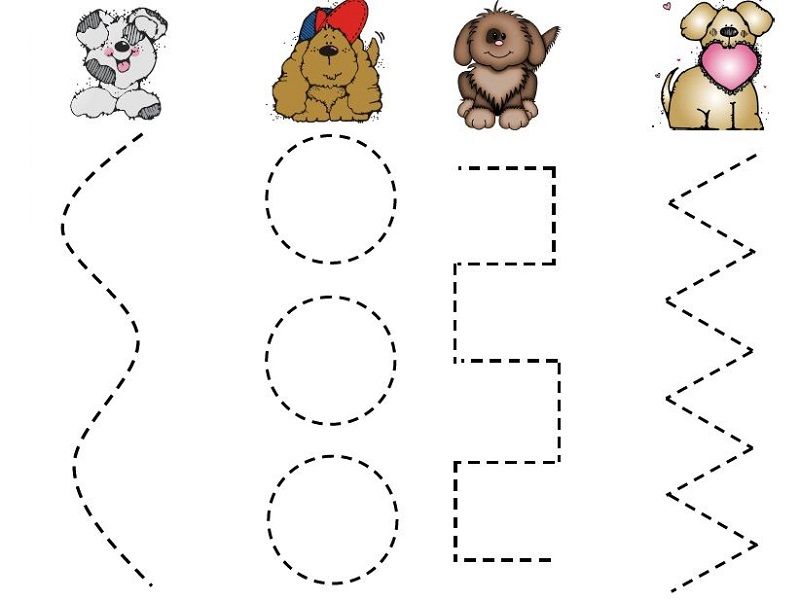
Performance
Act out a simple scene with your baby's toys. The bunny is crying, the bear is running, the dog is eating, the cat has lost the ball. The child should feel sorry for the toy or help it in the same way as an adult does. After the performance, you can ask the baby what he saw.
There are a lot of game techniques that activate the baby’s speech, it all depends on your desire to play, communicate and fantasize.
Fundamentals of mathematics:
Learning figures, their sizes and counting
Game 1. Stock up on various pyramids and sorters. When showing a figure, state its name clearly. It is better if they are of different colors, which will allow you to repeat color differences. You should start with lighter shapes: a square, a circle, a triangle, then moving on to a rectangle, rhombus, oval, etc. After 2 years, you can unobtrusively begin to teach your child to count during games, from time to time telling him numbers, the number of objects, toys etc.
Game 2. We count the coins in the wallet. You can pour out all the coins from your wallet and learn to count them.
Game 3. Count how many fingers you have. Bending your fingers, help the baby count. Show that you also have the same fingers, invite the baby to count them.
Game 4. There are now many different books in the stores that offer a huge variety of methods and practices for learning mathematics. Sit down with the baby and gently involving him in the game, look at the book together.
You can choose books here
Outdoor and outdoor games:
Movement is life! Do not forget about outdoor games that give children sincere pleasure. It is rare that a toddler does not like walking. On a walk, children usually know what to do with themselves - you can dig in the sandbox and ride down the hill and run with the neighbor's kids. It is better if the clothing for walking is such that it is not a pity to get it dirty.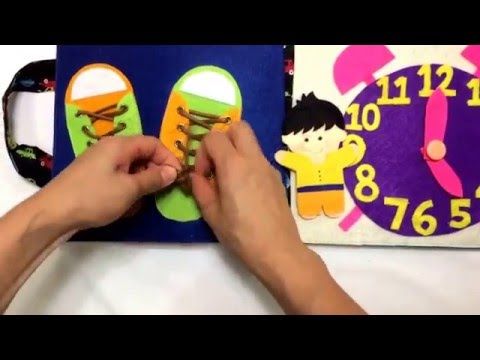
Let the baby manifest as he wants (well, of course, within the framework of reasonable safety for his health). And then sometimes you see on the playgrounds how the baby is buzzing inside, he wants to ride, run and jump, and his mother forbids everything, citing the fact that he can get dirty. This is how energy is blocked and diseases and bad moods appear in children. Therefore, it is better to pick up simpler clothes, if puddles and wet, then rubber boots and waterproof pants and go baby!!!
Sand play is very important for kids. They calm the nervous system, develop fine motor skills, and bring a lot of fun to kids.
By following this link, you can pick up all the necessary products for playing outdoors.
If the weather does not allow you to go for a walk outside, what should you do?
In this case, you can do gymnastics with your child. Turn on the music and stretch all the muscles. By the way, this will be useful, not only for the baby, but also for the mother, because she often forgets about herself for worries.
You can do yoga or Chinese gymnastics together.
Thank God there are a lot of videos on the Internet now that will help you. You can also come up with a lot of water games. Fill a basin with water, put it in the room or in the bathroom, put the boats, pouring cups and rubber toys into it. Babies just love pouring water.
Funny toys for playing with water see here
Creative or story play
Finger theater:
Do you want your child to get into a magical world where you can enjoy and play, and while playing, learn about the world around you?
Then play a finger theater in front of him!
From fairy tales, children draw ideas about time and space, about the connection between man and nature, about good and evil, about courage, stamina, cunning.
Finger theater is a unique opportunity to place a fairy tale on the palm of a child, in which he can take the role of any hero.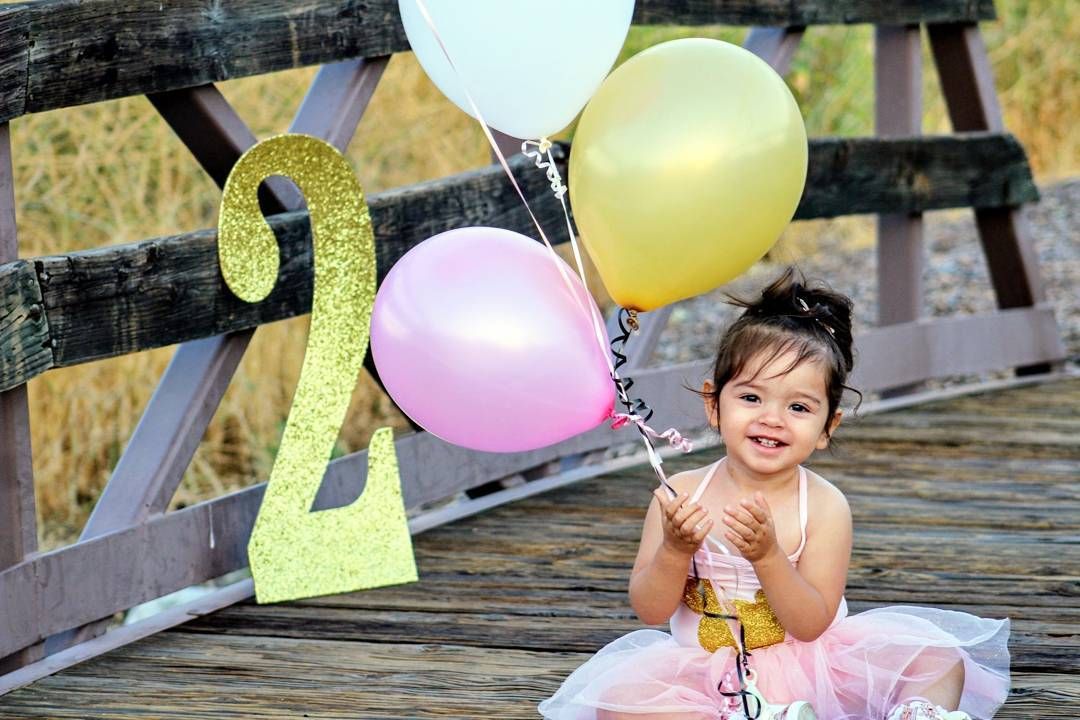
The theater is also an excellent speech and sensory-motor simulator, suitable for children over 1 year old.
The dolls develop the mobility of the fingers of both hands, help to master the speech of the characters, and teach how to put on mini home performances.
The game can be used to get acquainted and study the account, to get acquainted with the characters and the plot of a fairy tale, to get acquainted with the concepts of “Right-left”, “next”, for the development of speech and fine motor skills. With the help of this, dexterity is developed, the ability to control one's movements, to concentrate on one type of activity.
And small figurines of the finger theater will keep you company while walking or visiting a clinic, on the road. They will not take up much space in my mother's purse and will help to entertain the baby. With their help, you can revive your favorite poems, fairy tales, nursery rhymes.
A simple toy will develop intonation, performance skills and creativity.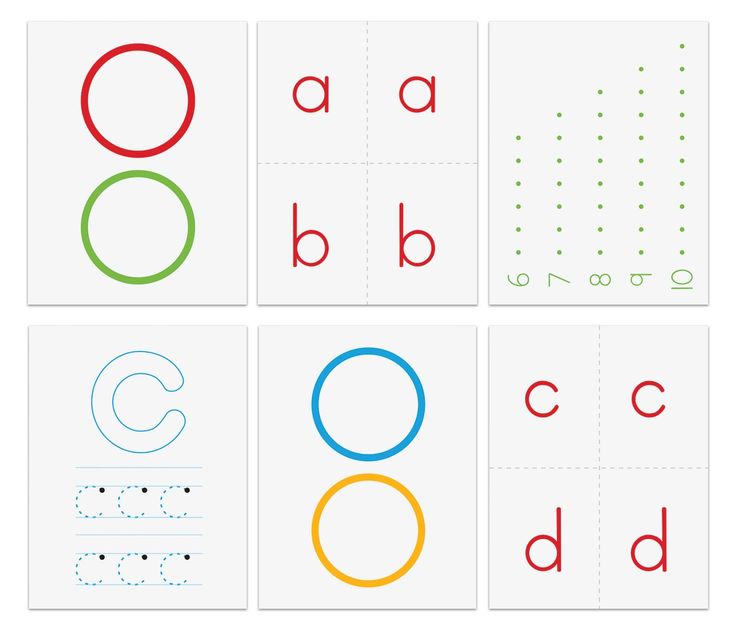
Everything for the finger theater is here:
Draw:
Drawing - develops not only the fine motor skills of the baby, but it is necessary for creative development, perception of color and shape. At this age, meaningful drawings may appear instead of scrawl.
Give the child the opportunity to do what he wants, do not limit him. Although sometimes it is possible, and vice versa, to come up with some kind of task. For example, coloring books. You can invite the baby to color without going beyond the line.
A huge selection of good paints is offered by Amos, Crayola, Fila, Jovi, Ses Creative, as well as the Russian company Gamma
Lepim:
Sculpting as a sensory experience promotes the development of fine motor skills. You can use the mass for modeling or plasticine. At the age of 2 years, many kids are very fond of making various figures with the help of molds in pictures. Thank God that we live in a time when there is a large selection of plasticine with molds, syringes for extrusion and molds on sale.